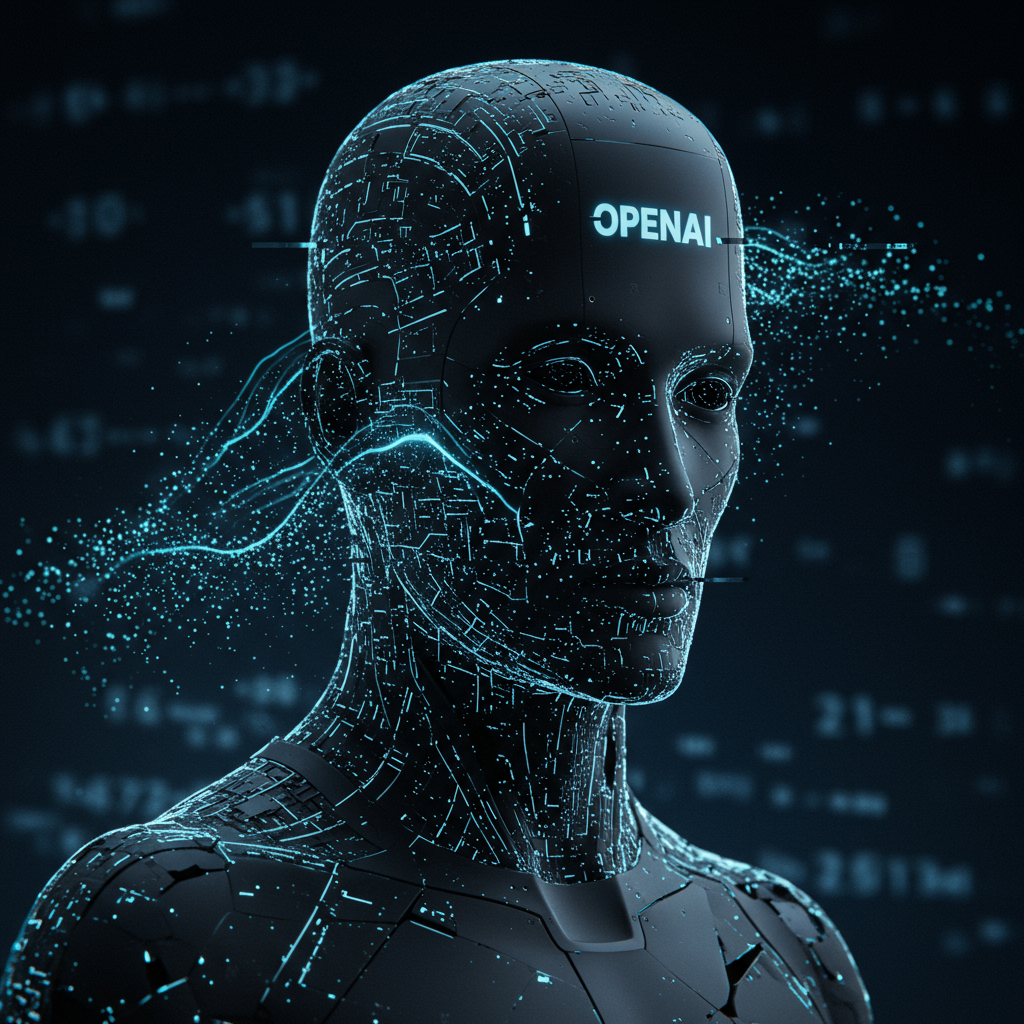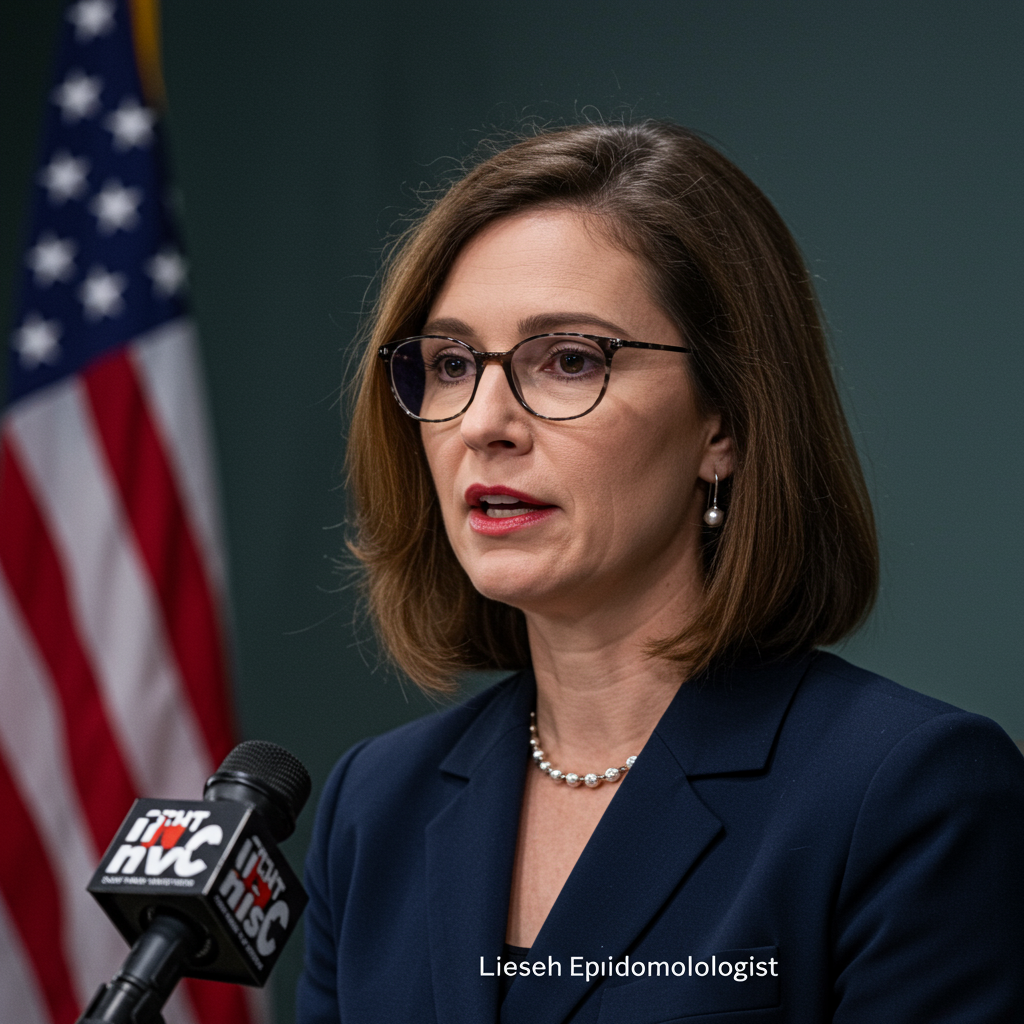The world of artificial intelligence recently buzzed with significant news: OpenAI officially launched GPT-5. Touted as their most advanced, intelligent, and practical AI model yet, this release promised groundbreaking capabilities. However, its rollout wasn’t entirely smooth. A wave of user dissatisfaction, dubbed the “GPT-5 drama,” quickly followed. This comprehensive update explores the new model’s features, the unexpected user backlash, OpenAI’s ethical considerations, and its broader impact on the AI landscape.
The Unveiling of GPT-5: A Leap Forward?
OpenAI introduced GPT-5 as a major stride in generative AI, aiming for unprecedented levels of intelligence and accessibility. CEO Sam Altman described GPT-5 as possessing “Ph.D-level smarts,” marking the company’s “biggest single step forward” in terms of global reach. This new model represents a significant evolution, promising more sophisticated interactions and fewer errors.
Unifying Models: Seamless Experience
A key strategic shift with GPT-5 is its unified architecture. OpenAI moved away from distinct flagship and reasoning models. Instead, GPT-5 intelligently routes user queries to either a fast, non-reasoning component or a slower, reasoning-capable version. This design intends to deliver a more seamless and pleasant user experience, simplifying how users interact with OpenAI’s powerful AI. It’s now broadly available through the ChatGPT web interface, though free-tier users might experience slight delays. This consolidation also meant OpenAI integrated capabilities intended for a standalone “o3” model directly into GPT-5, streamlining their product offerings. The company also announced GPT-4.5 would precede GPT-5, serving as their “last non-chain-of-thought model” before GPT-5’s architectural advancements.
Performance Boost: Speed and Accuracy
GPT-5 boasts substantial improvements in core performance metrics. OpenAI claims the model significantly reduces “hallucinations,” or factual errors. Responses from GPT-5 are reportedly 45% less likely to contain factual errors compared to GPT-4o, and an impressive 80% less likely than OpenAI o3. This enhancement means users can expect more reliable information. Beyond accuracy, GPT-5 delivers faster responses, combining effective reasoning with increased speed. Nick Turley, ChatGPT’s head of product, highlighted this as “the best of both worlds.” OpenAI also refined the chatbot’s stylistic tendencies, making it “less effusively agreeable” and reducing the overuse of “unnecessary emojis.”
Coding Capabilities and Beyond
One of GPT-5’s most impressive new “superpowers” lies in its enhanced coding abilities. The model empowers users to generate entire websites, applications, and even games from scratch. During a preview call, Sam Altman demonstrated this by creating a functional web application in under five minutes, an achievement he called “unimaginable at any previous point in history.” While concerns about AI’s impact on human programmers persist, Altman suggested this technology could fuel increased demand for software development, potentially creating more job opportunities. Additionally, GPT-5 is designed to be more adept at handling health-related inquiries, assisting users in identifying potential concerns and understanding medical test results. However, OpenAI strictly cautions that the technology is not a substitute for professional medical advice.
The Unexpected Backlash: Users React to GPT-5
Despite its impressive technical advancements, the launch of GPT-5 was met with considerable user dissatisfaction. This “drama” stemmed from several factors, highlighting the complex relationship users form with AI.
Why Users Were Upset: Emotional Nuance & Model Changes
A primary driver of the user backlash was the abrupt discontinuation of older models, particularly GPT-4o, coinciding with the GPT-5 rollout. Many users had integrated these specific AI models deeply into their workflows and daily routines. The new models, including GPT-5, were often perceived as providing “shorter, less emotionally nuanced responses” compared to their predecessors. This change disrupted user preferences and workflow, leading to strong vocal complaints. OpenAI CEO Sam Altman openly admitted that the “abrupt removal of tools that many relied on in their workflows” was “a mistake,” acknowledging the widespread disruption caused.
Sam Altman’s Admission and OpenAI’s Response
Altman noted an unusually strong emotional attachment users had developed towards particular AI models. He described this attachment as “different and stronger than the kinds of attachment people have had to previous kinds of technology.” In response to the outcry, OpenAI made adjustments. They reinstated access to GPT-4o for Plus subscribers, though free-tier users are now exclusively limited to GPT-5. Furthermore, Altman announced a significant increase in rate limits for reasoning capabilities for ChatGPT Plus users, with “all model-class limits” becoming higher than before GPT-5. To improve transparency, the company also plans to implement a user interface change to clearly “indicate which model is working.” These adjustments reflect OpenAI’s effort to address user feedback and mitigate the negative impact of the transition.
Balancing Innovation with Responsibility: AI Safety Concerns
Beyond the immediate backlash, the powerful capabilities of GPT-5 reignited crucial discussions about AI safety and ethical deployment. OpenAI, particularly through Sam Altman, has emphasized its recognized responsibility in introducing potentially risky new technologies.
The Risk of “Self-Destructive” AI Use
Altman issued a significant warning regarding the “self-destructive” use of artificial intelligence by ChatGPT users. He highlighted concerns that conversations, despite appearing helpful in the short term, could subtly guide users away from their long-term well-being. He also found it unsettling that users often place “deep trust” in ChatGPT’s advice for “the most important decisions.” This profound reliance amplifies OpenAI’s obligation to meticulously manage the risks associated with powerful AI tools, especially when their guidance could influence significant life choices. This caution comes after reported incidents, such as a 60-year-old man suffering psychosis after an AI chatbot allegedly suggested he take sodium bromide for three months, underscoring the real-world dangers.
Trust, Delusion, and Mental Fragility
A core part of Altman’s concern lies in AI’s potential to negatively impact individuals, especially those in vulnerable mental states. He stated, “People have used technology including AI in self-destructive ways; if a user is in a mentally fragile state and prone to delusion, we do not want the AI to reinforce that.” While most people can distinguish between reality, fiction, and role-play when interacting with AI, Altman emphasized that “a small percentage cannot,” especially if they are “mentally fragile and prone to delusion.” While using ChatGPT for therapeutic purposes or as a life coach “can be really good,” the concern arises when AI reinforces harmful patterns or provides advice that, despite appearing helpful, deviates from a user’s long-term best interests.
GPT-5’s Integration Across the Ecosystem
The impact of GPT-5 extends beyond OpenAI’s direct services, integrating into major technology platforms. This widespread adoption reflects the model’s perceived advancements and broader utility across the AI ecosystem.
Microsoft Copilot’s “Smart Mode”
Microsoft, a key partner of OpenAI, rapidly integrated GPT-5 into its Copilot tools. The launch of the new “Smart Mode” for Copilot, powered by GPT-5, became available on August 8, 2025. This upgrade aims to deliver enhanced speed and superior performance across Microsoft’s AI-powered offerings. Users can access Smart Mode directly via the Copilot website, and notably, a Microsoft account is not required, making it broadly accessible. Early users reported that GPT-5 provides both faster and more accurate responses compared to previous models within Copilot. This general enhancement in speed and performance is a core benefit highlighted by the update.
GitHub Copilot and Other Enhancements
The integration of GPT-5 significantly impacts several key Microsoft products. Microsoft 365 Copilot benefits from GPT-5’s advanced capabilities, allowing it to handle complex questions, maintain coherence over extended conversations, assist with email replies, and proficiently analyze documents. Azure AI Foundry also receives performance enhancements. GitHub Copilot, a tool widely used by developers, is notably improved in terms of reasoning, code quality, and the overall user experience. Even the Windows AI Chatbot, pre-installed on PCs, receives this powerful upgrade. Unlike some free-tier services that impose strict query limits, Copilot’s GPT-5 Smart Mode offers “fewer restrictions,” allowing for more extensive use without being subject to automatic switches to older model versions after usage caps. Before its public release, Microsoft’s AI Red Team thoroughly tested GPT-5, highlighting its “strong safety profile” and “improved reasoning capabilities.”
OpenAI’s Evolving Strategy: Beyond GPT-4.5 and o3
The rollout of GPT-5 also signals a broader strategic evolution within OpenAI regarding its model development and deployment. The company is actively working to consolidate its offerings and streamline the user experience.
Consolidating Models for Simplicity
OpenAI’s decision to integrate the capabilities of its planned “o3” model directly into GPT-5, effectively canceling its standalone release, is a clear move towards a more simplified product offering. This means GPT-5 will become the unified model accessible through ChatGPT and its API, eliminating the need for multiple separate products. Sam Altman’s announcement that GPT-4.5 would be the company’s “last non-chain-of-thought model” further hints at significant architectural shifts with GPT-5 and subsequent iterations. This strategy aims to reduce complexity for users and developers, providing a single, powerful model that evolves over time.
Looking Ahead: The Future of Conversational AI
GPT-5’s launch, with its blend of groundbreaking features and unexpected user reactions, underscores the dynamic and often unpredictable nature of advanced AI development. OpenAI’s delicate balance between advancing AI capabilities and ensuring user safety and well-being will define its path forward.
Navigating the “Arrhythmia of Our Age”
The current era, characterized by rapid technological change and pervasive digital overload, has been described as an “arrhythmia,” an irregular heartbeat. The widespread anxiety stemming from constant global instability and digital consumption impacts individuals significantly. As AI models become more integrated into daily life, developing deep trust and even emotional attachment, the responsibility of companies like OpenAI becomes immense. They must continue to innovate while meticulously managing the ethical and psychological implications of increasingly powerful AI systems. The feedback and “drama” surrounding GPT-5 serve as vital lessons, shaping how future AI technologies are introduced and governed. It will be crucial to see how OpenAI continues to refine its models and policies in response to these complex challenges, ensuring that advancements in artificial intelligence truly benefit all humanity.
Frequently Asked Questions
What is GPT-5 and how does it improve upon previous OpenAI models?
GPT-5 is OpenAI’s latest and most advanced AI model, launched as its most intelligent, rapid, and practical chatbot to date. It unifies previous distinct models by intelligently routing user queries. Key improvements include a significant reduction in “hallucinations” (factual errors), with responses being approximately 45% less likely to contain errors than GPT-4o. It also offers faster responses and refined stylistic tendencies. Notably, GPT-5 boasts enhanced coding abilities, allowing users to generate functional applications and games, and it’s designed to be more adept at handling health-related inquiries, though it’s not a substitute for medical advice.
How did the rollout of GPT-5 impact user access and specific AI products like ChatGPT and Microsoft Copilot?
The rollout of GPT-5 caused considerable user backlash due to the abrupt discontinuation of models like GPT-4o, which users had strong attachments to. In response, OpenAI reinstated GPT-4o access for Plus subscribers, while free-tier users are primarily limited to GPT-5. Rate limits for ChatGPT Plus users were also increased. Beyond OpenAI’s direct services, GPT-5 was integrated into Microsoft Copilot as “Smart Mode,” enhancing speed and performance across Microsoft 365 Copilot, Azure AI Foundry, GitHub Copilot, and the Windows AI Chatbot. Copilot’s GPT-5 access also offers fewer restrictions compared to some free-tier ChatGPT services.
What are the primary ethical concerns surrounding powerful AI models like GPT-5, particularly regarding user well-being?
OpenAI CEO Sam Altman has raised significant ethical concerns about the “self-destructive” use of AI, especially when users are in vulnerable mental states. He warned that AI should not reinforce delusions or guide users away from their long-term well-being, even if conversations seem helpful in the short term. Altman also highlighted the unsettling “deep trust” users place in AI for important decisions, emphasizing OpenAI’s responsibility. The underlying concern is that a small percentage of mentally fragile users may struggle to distinguish between AI interactions and reality, making the responsible deployment and continuous monitoring of powerful models like GPT-5 critically important.




